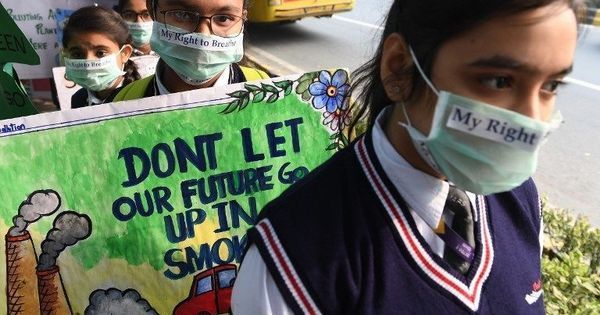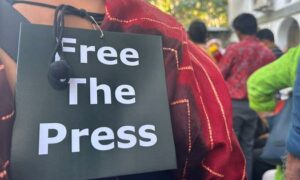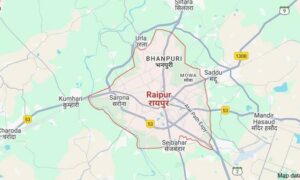
The Supreme Court on Wednesday urged the Commission for Air Quality Management to consider directing schools in Delhi and the broader National Capital Region to shift sports activities scheduled in November and December to “safer and less susceptible months,” Live Law reported.
During the hearing, amicus curiae Aparajita Singh highlighted that children were among the most vulnerable to pollution, and that “holding sports now is like putting them in gas chambers,” Live Law reported.
An amicus curiae is a person that is not a party to the case but provides advice or information to the court.
The court on Wednesday ordered that matters pertaining to air pollution in the capital be heard on a monthly basis, so as to monitor the measures being taken by the authorities, Bar and Bench reported.
The judges also directed lawyers for states that comprise the National Capital Region to take instructions about payment of subsistence allowance to construction workers who have been affected by air pollution-related restrictions.
The city has been recording air quality in the “poor” or worse categories since mid-October, leading to Stage 3 restrictions under the Graded Response Action Plan, or GRAP, being imposed on November 11.
Restrictions under Stage 3 entail a ban on non-essential construction work and the closure of stone crushers and mining activities, in addition to the measures already imposed under Stage 1 and Stage 2.
They also include the shifting of primary school up to Class 5 to hybrid mode. Parents and students have the option to choose between offline and online classes wherever available.
On Monday, the Supreme Court declined to impose year-round restrictions on activities prohibited under GRAP holding that the national capital “cannot be brought to a standstill” in the name of fighting air pollution.
Air quality deteriorates sharply in the winter months in Delhi, which is often ranked the world’s most polluted capital. As the temperature falls, a layer of cold air forms close to the ground and traps pollution instead of letting it rise and disperse.
Stubble burning in Punjab and Haryana, along with the lighting of firecrackers, vehicular pollution, falling temperatures, decreased wind speeds and emissions from industries and coal-fired plants contribute to the problem.
Delhi has already reported three “severe” air quality days in the first half of November.
An index value between 0 and 50 indicates “good” air quality, between 51 and 100 indicates “satisfactory” air quality and between 101 and 200 indicates “moderate” air quality. As the index value increases further, air quality deteriorates. A value of 201 and 300 means “poor” air quality, while between 301 and 400 indicates “very poor” air.
Between 401 and 450 indicates “severe” air pollution, while anything above the 450 threshold is termed “severe plus”.
An air quality index in the “severe” category signifies hazardous pollution levels that can pose serious risks even to healthy individuals.
Also read: Why air quality numbers in Delhi vary widely
📰 Crime Today News is proudly sponsored by DRYFRUIT & CO – A Brand by eFabby Global LLC
Design & Developed by Yes Mom Hosting






